Aerospace, Automotive, Military, Oil & Gas, University, Utility
Tips on Storing Validyne Pressure Sensor Diaphragms
The diaphragm or sensor membrane is the heart of a Validyne pressure sensor. To increase the lifespan of replacement diaphragms follow these best practices to store and maintain your units.
Diaphragm discoloration may occur overtime due to the relative humidity while in storage. The discoloration does not have any negative effect on the diaphragms performance unless very aggressive oxidation has taken place, but it is important to keep Validyne diaphragms in a non humid environment. The simplest way to achieve this is to insert the diaphragms into a small plastic zip bag to keep the units dry until ready to use. You may also store the diaphragms with a silica gel desiccant or similar product, but be sure that your absorption material is not touching the diaphragms during storage.
If you do notice discoloration, the diaphragms may be cleaned with IS formulated cleaning solution inside an ultrasonic cleaner for 10 minutes. Next, rinse with DI water and finally with alcohol to neutralize the water. Dry the diaphragms with clean shop air and store as per instructed above. This process will not eliminate all of the diaphragms discoloration but, as explained above, the discoloration will not affect the diaphragm performance. Do not try to sand blast or use sand paper to remove stains since this process will affect the diaphragm performance (creating poor linearity and hysteresis).
If you are still experiencing issues, we make diaphragms coated with Teflon, gold and nickel plating that will protect the diaphragm from discoloration over time. This will also safeguard the diaphragm against more corrosive solutions such as water, brine, acids, and heavy bases. If you have any questions of which diaphragm works best with your material, please don’t hesitate to ask the sales department at Validyne.

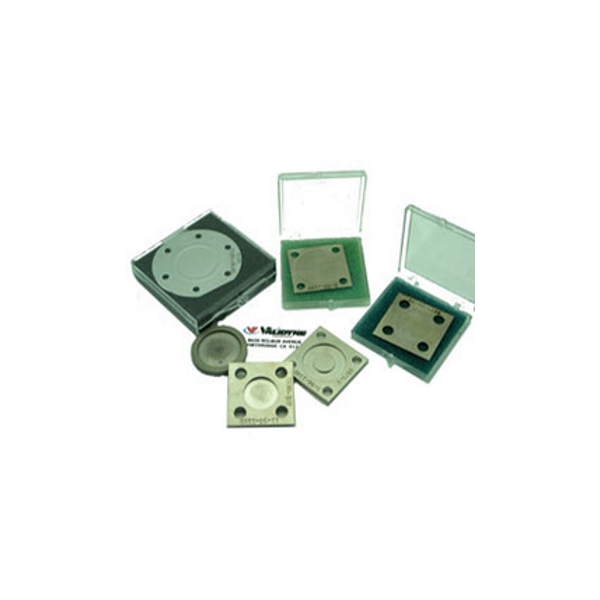
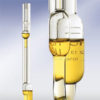
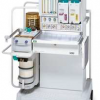


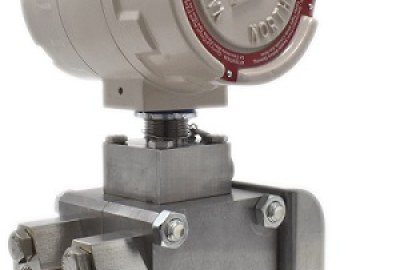
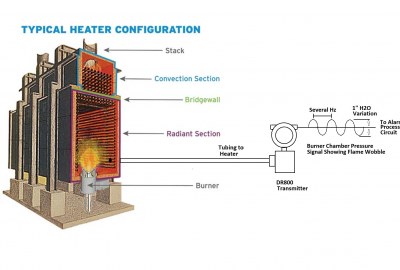
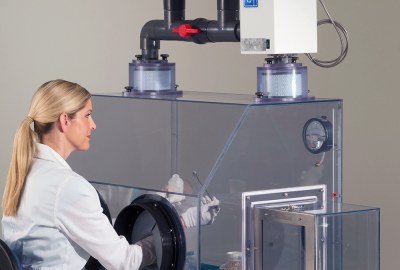
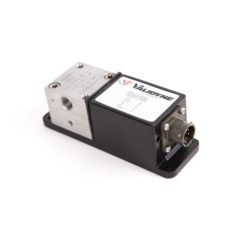
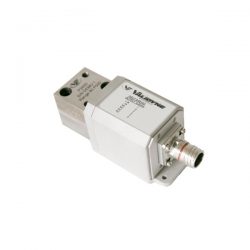
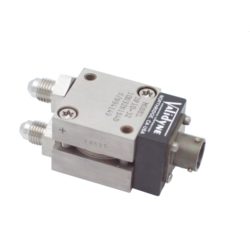
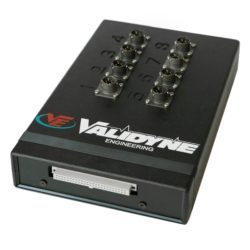
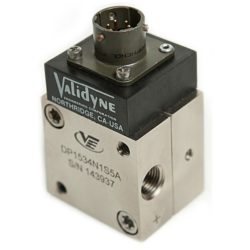
Leave a reply
You must be logged in to post a comment.